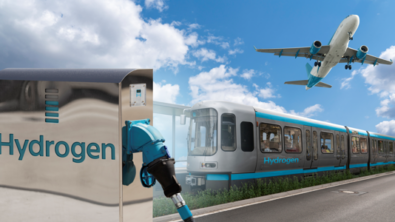The sense of virtual sensors

While old-timers are entirely mechanical, our vehicles are full of electronics. And thus with sensors. Sensors provide information well beyond speed and fuel levels. They deliver a limitless amount of information about the vehicle’s condition, whether this applies to parking assist, tire pressure, engine performance, fuel consumption, vehicle dynamics, thermal management, and many more.
Currently, each vehicle has approximately 60 to 100 sensors on board and this number is expected to rise. As cars get smarter, analysts are predicting that the number of sensors is projected to reach more than 200 sensors per car by 2020. (Source: Automotive Sensors and Electronics 2017).
 Sensor locations of a vehicle of today (Image courtesy of Car from Japan)200 sensors per car represent 22 billion sensors used in the automotive industry per year. No wonder that physical sensing technology is about to reach its limits. Hardware sensors are often deemed expensive, and have a reduced life expectancy when exposed in a hazardous environment (for example in an engine). In addition, physical sensors are costly to design and install due to the extreme conditions they must withstand, such as borderline temperatures or hard-to-reach locations. Consequently, sensors may fail to guarantee reliable output.
Sensor locations of a vehicle of today (Image courtesy of Car from Japan)200 sensors per car represent 22 billion sensors used in the automotive industry per year. No wonder that physical sensing technology is about to reach its limits. Hardware sensors are often deemed expensive, and have a reduced life expectancy when exposed in a hazardous environment (for example in an engine). In addition, physical sensors are costly to design and install due to the extreme conditions they must withstand, such as borderline temperatures or hard-to-reach locations. Consequently, sensors may fail to guarantee reliable output.
The sense of virtual sensors
Virtual sensors offer a valuable alternative in this respect. Let’s have a look at the powertrain controls department of Renault-Nissan. In order to comply to Euro 6 and Euro 7 standards, the car manufacturer has made technical decisions with regards to the engine architectures and its controls strategies. See speech of Vincent Talon, Simulation and Project Leader:
Together with the Simcenter Engineering and Consulting services team, Renault-Nissan performed a synthesis of virtual sensors and controllers at the same time, to get ready for next generation powertrains (hybrid, electric and internal combustion engines).
You want to know how? The Simcenter Engineering experts used artificial intelligence methods, and more specifically neural networks, to automatically select the most informative signals and combining them in a virtual sensor.
 Workflow for virtual sensor & controller synthesis
Workflow for virtual sensor & controller synthesis
Using Simcenter Amesim for closed-loop simulation of plant models and controller executable specifications, Renault-Nissan is now able to verify and validate control systems against functional requirements early in the design process.
For more information:
– Renault-Nissan movie on YouTube: https://youtu.be/562IW5RjecA
– Simcenter Engineering & Consulting services


